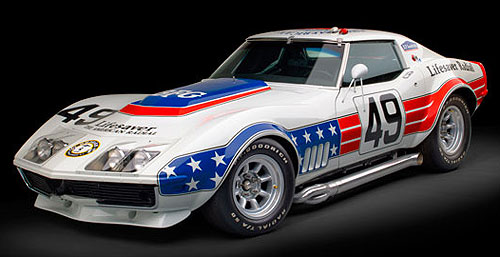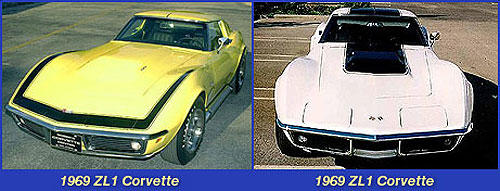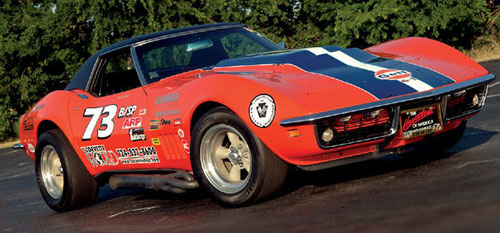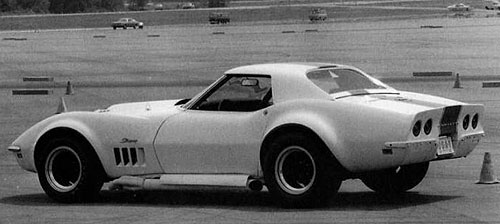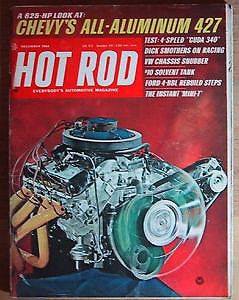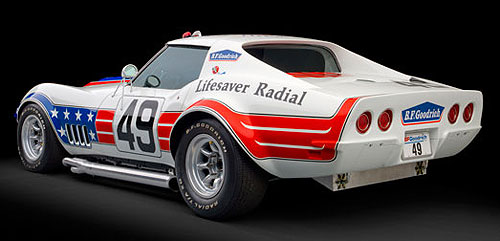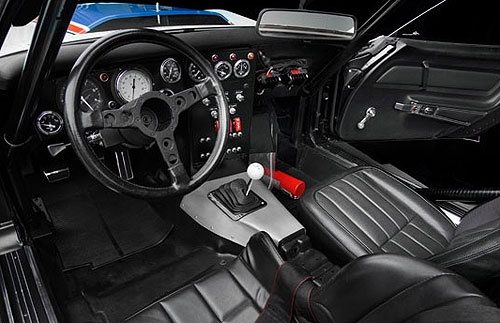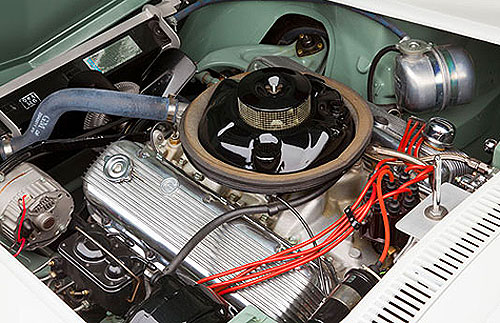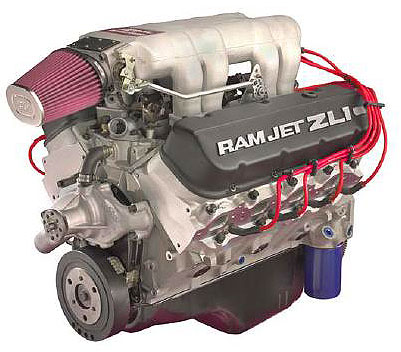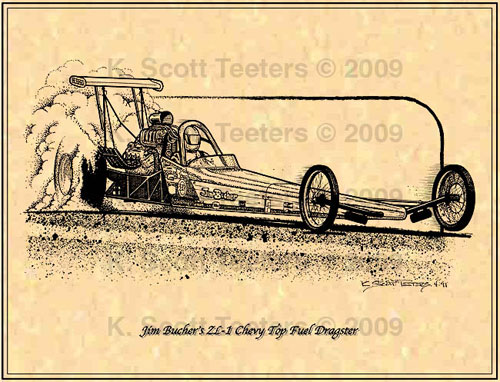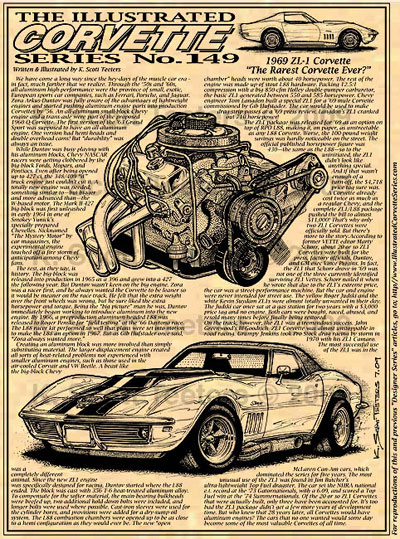Dateline: 8.29.12
Thanks to Kevin Mackay and his team at Corvette Repair, once piece of lost Corvette history has been found, refurbished, and ready for the show circuit.
Be sure to catch the below slide show!
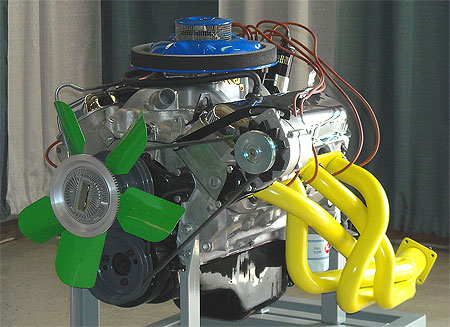
The entire Q-Chevrolet project quickly fizzled due to cost concerns but several great ideas came out of the project. The unique Peter Brock and Bob Veryzer-designed body eventually was developed into the 1963 Sting Ray. The all-aluminum engine proposal started the ball rolling with aluminum parts gradually seeded into various Corvette engines. While aluminum water pumps, intake manifolds, and bell housings were relatively easy to develop, heads and the block were another story. By the early ‘60s, Duntov began experimenting with aluminum heads, but they proved to be unreliable. The small-block Chevy engine was already a lightweight, but the thought of an even lighter version of the engine was indeed tantalizing.
Corvettes have been powered by all-aluminum engines since the arrival of the LS1 in the all-new C5 1997 Corvette. Of course, today nearly all engines are made with the lightweight metal. These days, the move is on to integrate even lighter magnesium, carbon fiber, and plastic parts wherever possible. But back in 1957, only the exotic cows of the most expensive European sports cars had all-aluminum engines.So in 1957 when new general manager Ed Cole proposed his Q-Chevrolet line of trans-axle cars, including the Corvette, Zora Arkus-Duntov jumped on the chance. No one inside GM was more tuned into the advantage of an all-aluminum engine than Duntov. The proposal Duntov outlined for his vision of the Q-Corvette included the mandatory trans-axle and an all-aluminum, fuel-injected small-block Chevy engine. The Rochester Fuelie had just arrived and the small-block Chevy engine was only in its third year of production. No one in Detroit was making all-aluminum engines, so this was a very outrageous proposal. Continue reading “Corvettes at Carlisle – First ZL1 Engine Alive and Well!”

